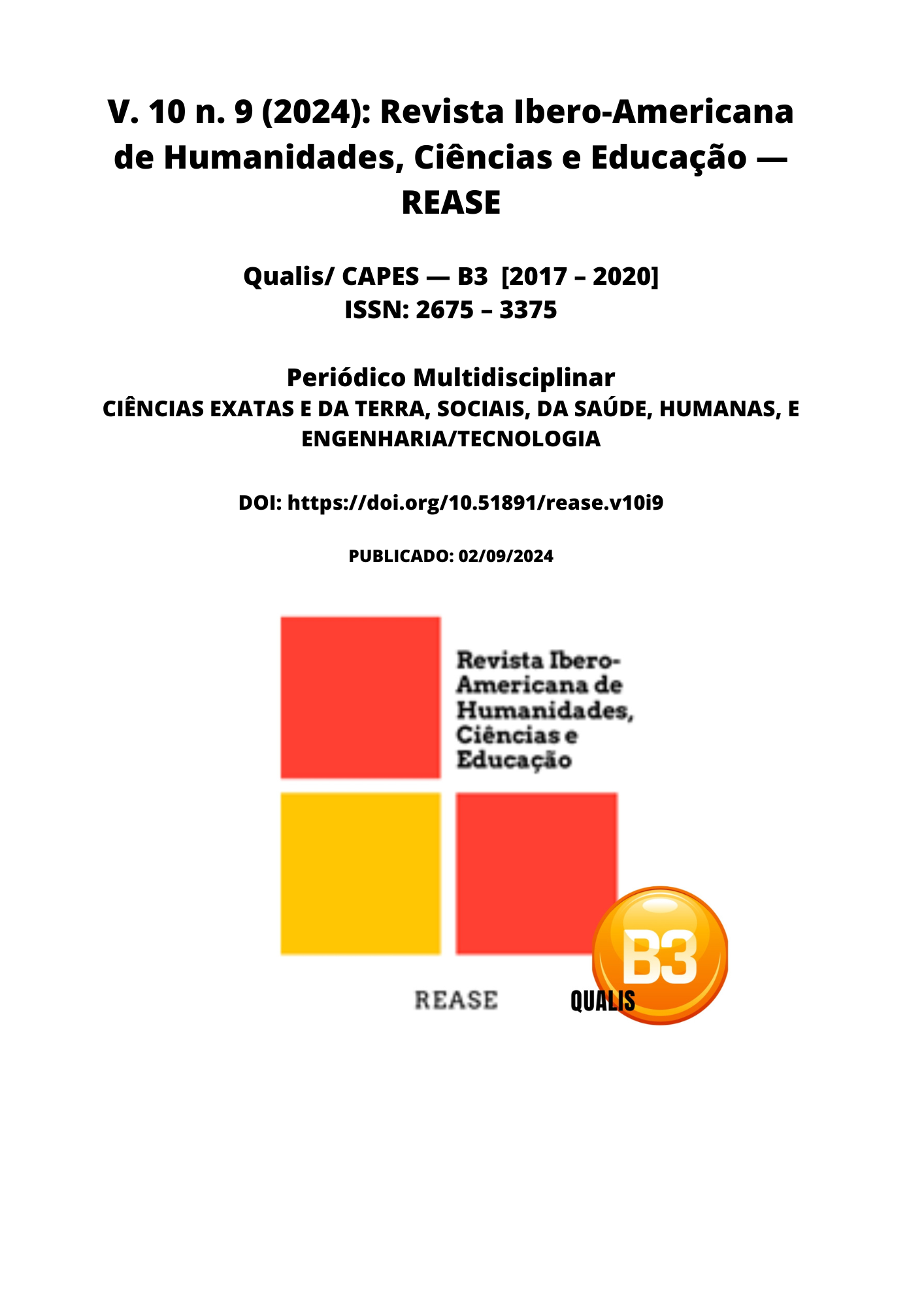GENDER AND SEXUALITY FROM ISABEL ALLENDE’S FEMALE PERSPECTIVE
DOI:
https://doi.org/10.51891/rease.v10i9.15491Keywords:
Isabel Allende. Gender. Sexuality.Abstract
This research aims to discuss gender and sexuality through the literature by female authors of Isabel Allende (1942), focusing on works The House of the Spirits (1982) and Of Love and Shadow (1984). Allende’s transgressive writing represents a pivotal moment in American Latin literature, introducing new discussions, characters, with writers claiming more space in the literary world. We analyze subversive characters who have long been silenced in historical and literary narratives, but fight for more representation deconstructing the hegemony of literature written by white men about men’s lives. Beginning with the character Férula, we discuss ideas like heteronormativity and performativity. Then, through characters Irene and Mario, we explore feminist movement and homosexuality during Chile’s military regime (1973-1990). The adopted approach is qualitative, characterized by bibliographic methods. It engages with studies by Valdés (1987); Green (2000); Butler (2019); Scott (2019) e Wittig (2019). The research contributes to the discussions on Latin American literature by female authors; LGBT characters represented in literature and the struggle of women against dictatorship.
Downloads
Downloads
Published
How to Cite
Issue
Section
Categories
License
Atribuição CC BY

